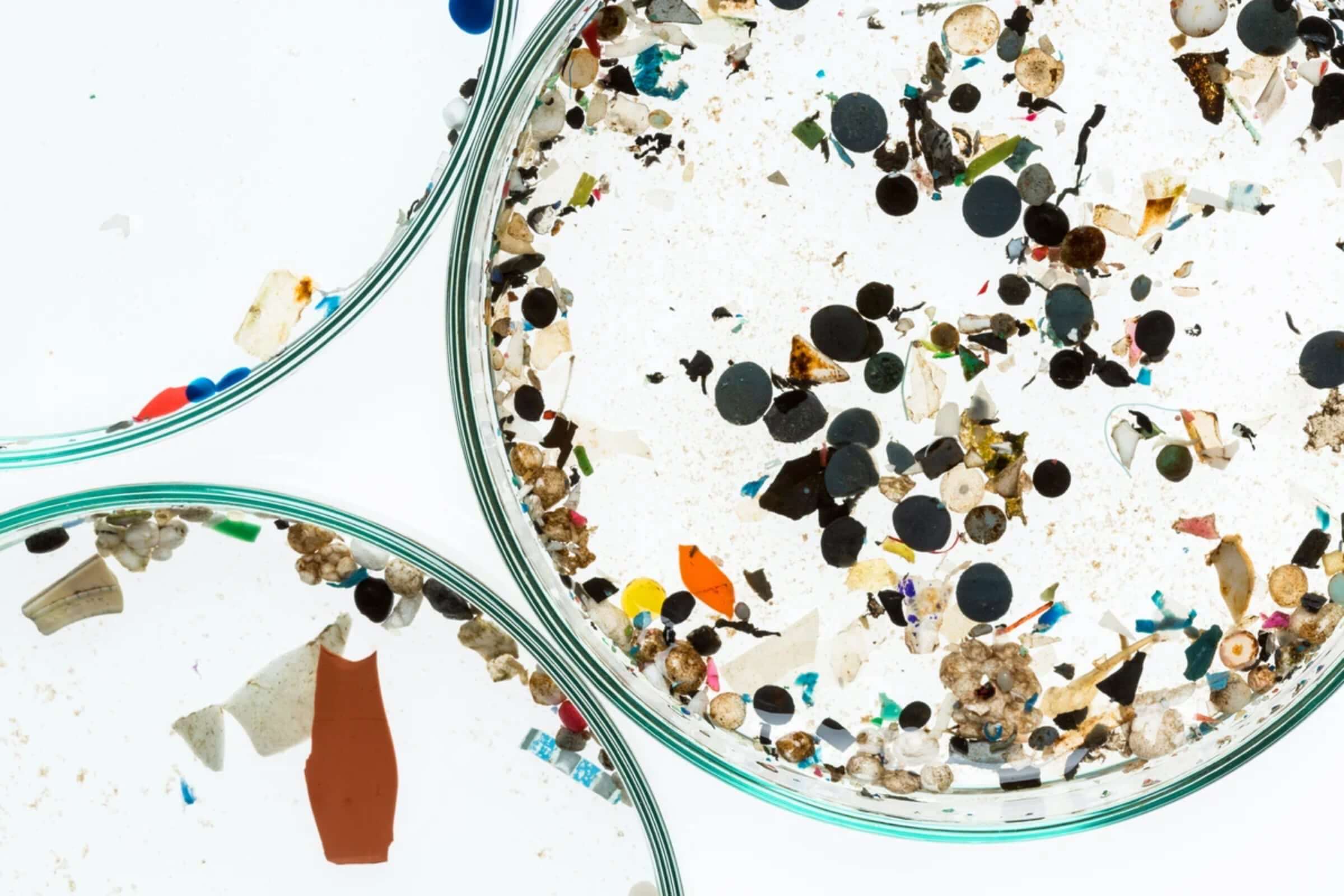Performance, Longevity and Sustainability. Wool Expands as an Active Solution for Conscious Consumers.
.png)
Often considered a fiber for formal wear, wool's ingrained technical benefits and performance properties are making it the ideal choice for functional and outdoor apparel.
Reflecting the continually evolving athleisure market through the merger of formal and performance, a move that consumers are seeing across all aspects of their lifestyles, the fiber offers a hard-working update for multiple categories.
Like all materials, animal wools have the potential to create environmental impacts, in terms of land usage and water pollution. Combined with the rising interest in vegan lifestyles, as with many sectors, wool production has come under scrutiny, driving the industry to work towards traceability and transparency. Becoming an imperative, the wool industry is working to assess the environmental impact from farm to disposal through the RWS and IWTO (International Wool Textile Organization) standards while encouraging producers to partner towards soil conservation. Being both natural, renewable and recyclable, if treated properly the fiber lends itself towards biodegradability and can even release nutrients into the soil at the same time, making it a holistic choice. As consumers become more critical of synthetic performance fibers, responsible wool offers a high performing alternative that, if produced responsibly, can be planet positive.
.png)
Wool’s Inherent Benefits
Naturally evolving to protect sheep, wool's many inherent properties range from temperature regulation to performance and longevity. The fibers thermoregulating properties are one of the key attributes making it garner interest in the active area. With a unique ability to keep the wearer warm in the winter and cool in the summer, wool is able to adapt its form across the seasons. By trapping air between its fibers, the unique crimped and curled structure of wool adds an extra element of insulation that rivals, often outperforming, man-made structures. As temperatures rise, the structure can adapt by using this same structure to trap and move moisture away from the body, keeping the wearer cool and dry.
This natural wicking structure is something mills are constantly working to recreate through synthetic structures. Able to absorb 30% of its weight in water and still feel dry to the touch, wool is naturally hydrophilic, attracting and absorbing water molecules from sweat or the elements. Beyond these sought after wicking and temperature regulation properties, wool is also naturally antimicrobial. Lanolin, the wax in the fiber, has the ability to kill bacteria before it has a chance to create odor, while the fibers moisture management ensures wool does not create the damp environment bacteria needs to thrive in.
.png)
With the cost-of-living crisis at the forefront of the minds of consumers and brands alike, wool poses an interesting option. The fibers antimicrobial properties mean cutting down on laundering, while its temperature regulation enables one garment to work across seasons, a feature which can encourage consumers to spend more initially if there is the benefit of saving in the long run. Primarily made of Keratin, wool fibers offer resilience that allows the fibers to be pulled and stretched with very little long-term damage, the fibers natural curl also adds ingrained elasticity making it resilient, durable and long lasting.
Performance Adoption
A favored material in early active and outdoor styles, wool was the mainstay in everything from football jerseys to outdoor exploration styles. The fiber fell out of favour with the emergence of high-performance synthetic options, but it seems the tides are changing once again. Alex Ingildsen, CCO at LTP Group states
“We’re now seeing a resurgence of wool as interest around regenerative and less harmful alternatives to synthetics becomes a mainstream conversation.”
In an area that seems averse to wool, Luna Rossa Prada Pirelli teamed up with Woolmark, a leading partner in wool adoption, to create high-performing merino sailing kits for the 2021 America’s Cup World Race. Elsewhere, Italian brand Sease have also used wool as a key component in their sailing, skiing and hiking inspired styles, combining the fiber with bio-based nylon for added resilience. Staying on the coastal theme, British outdoor brand Finisterre is a key one to watch when it comes to working with sustainable and less conventional performance fibers. In their polar fleece, they’ve opted for recycled wool over traditional synthetics to create their high-pile styles.
.jpg)
In the outdoor space, Devold of Norway has used Optim, a Woolmark patented technology that adds further wind and water resistance to wool materials. Using the innovation, they have created climate protective outdoor styles including their pure wool Blaatroie jacket and 100% merino Nibba pro style. Outdoor brand Ortovox are also using wool across their styles, this time with their climate neutral insulating Swisswool fiber as an alternative to down and synthetic options. Swisswool also works to promote localized sourcing, with the supplier setting up over 25 collection stations through the Swiss mountains to support regional farming and localizes transparency.
.jpg)
Beyond performance, the integration of wool into everything from base layers to weatherproof outerwear in active and outdoor ranges, offers a key opportunity for exploring marketing and storytelling. Localized sourcing creates loyalty, while the fibers performance, durability and longevity makes it an appropriate option for consumers willing to consciously invest in styles which work hard and last a lifetime.
About LTP
LTP is a Danish owned garment manufacturer for +60 premium brands within active sportswear, cycling, outdoor, urban performance, performance running and organic & lifestyle apparel. LTP was established in 1991 and now spans two continents - Europe and Asia with 6 fully owned factories. Our European Innovation Centre is located in Kaunas, Lithuania and our Asian Innovation Centre is located in Ho Chi Minh City, Vietnam. We have a bluesign partner factory in all 5 countries where we operate (Lithuania, Ukraine, Romania, Belarus and Vietnam).
LTP consists of two divisions: LTP Garment and LTP Furniture producing in eleven fully-owned factories.





.jpg)



.png)












_11-(002).png)






















_newformat.jpeg)


















.jpeg)




















.png)




















